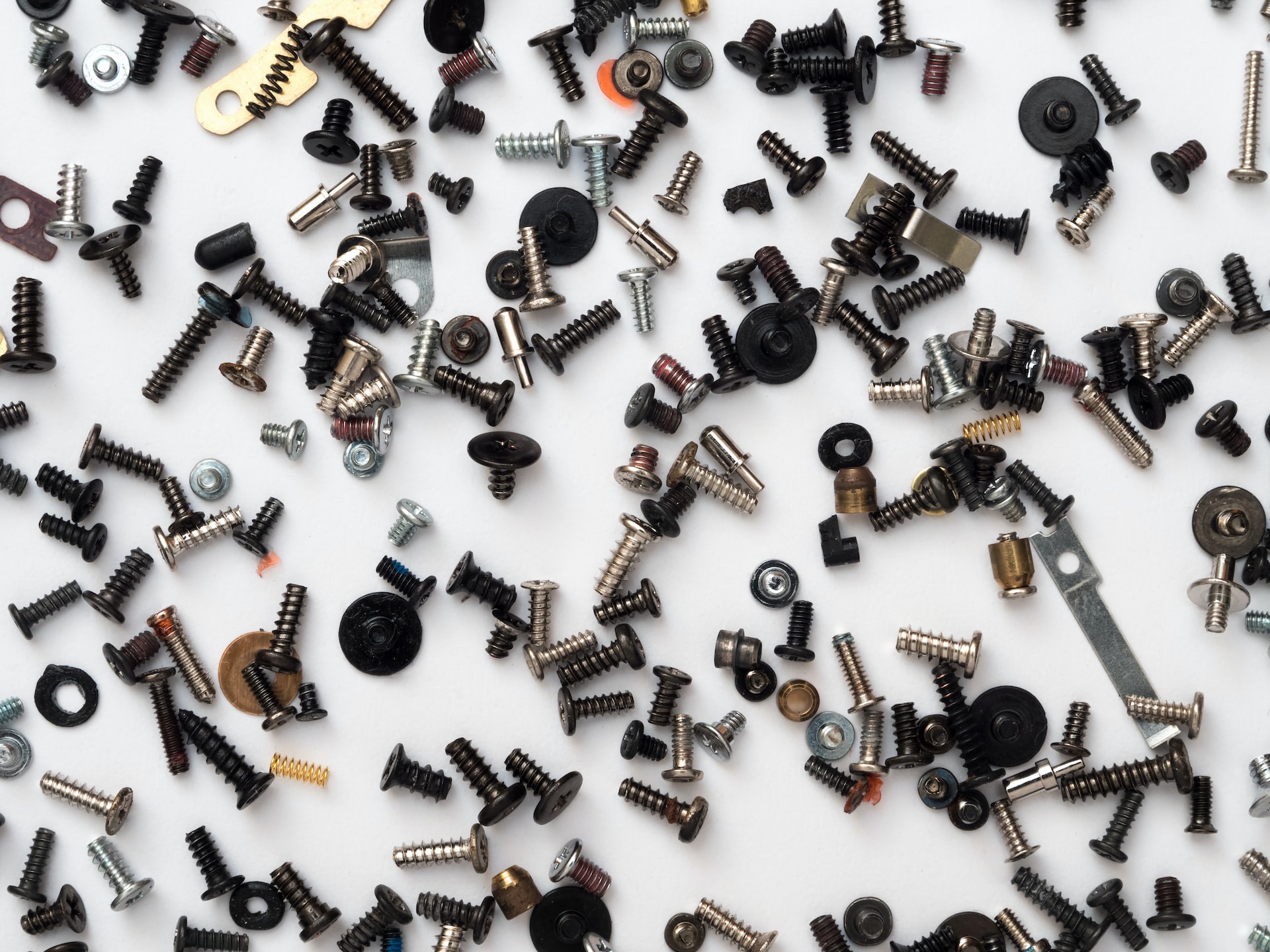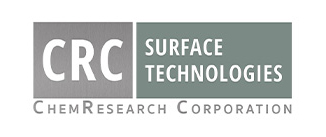
28 Nov Anodizing vs. Electroplating: What’s the Difference?
Not sure when to choose anodizing vs. electroplating to improve metal parts? While both are electrochemical processes that provide many similar benefits, there are also some significant differences between them. Continue reading to learn more about the differences between electroplating and anodizing so you can make the right decision.
Anodizing vs. Electroplating
The Anodizing Process
Anodizing is an electrochemical process that builds up the natural oxide layer of a metal surface. The process involves submerging a metal substrate in an electrolytic bath and then applying electricity. The type of electrolytic bath used in the process depends on the type of metal being anodized. For instance, aluminum parts require an acidic electrolytic bath.
As the current passes through the metal substrate, a thin, protective oxide film forms on its surface. This anodic layer improves corrosion resistance, prevents galling, and helps paint adhere to the surface of the anodized metal part.
Types of Anodizing
1. Chromic Acid Anodize (Type I)
Chromic acid anodizing creates a thin film that is softer than other types of anodic coatings.
2. Sulfuric Anodize (Type II)
Sulfuric acid is the most commonly used anodizing solution. It creates a moderately thick coating. Thinner coatings that aren’t as thin as Type I coatings are known as Type IIB.
3. Hard Anodize (Type II)
Also known as hardcoat or engineered anodizing, hard anodizing is the thickest type of coating.
The thicker the anodic coating, the better the wear resistance, corrosion resistance, electrical and thermal insulation, and the ability to retain lubricants or polytetrafluoroethylene (PTFE) non-stick coatings.
The Electroplating Process
Electroplating is the electrochemical process of coating a metal substrate with another metal. Just like anodizing, electroplating also involves immersing the metal part in an electrolytic bath and adding an electric current.
However, the type of metal that will be used to plate the metal part is also submerged in the bath at the same time. This process allows the plating metal to be deposited onto the surface of the metal substrate.
Types of Electroplating
A variety of metals can be used as a coating in electroplating, including nickel, chromium, copper, and silver. All of these types of plating metals help create a stronger metal substrate. Electroplating can improve:
- Corrosion resistance
- Surface durability
- Resistance to high temperatures
- Solderability
- Lubricity
Electroplating can be used in a wide range of applications. For example, nickel plating is typically used for parts in the consumer electronics, computer, and automotive industries. Hard and thin dense chrome platings are commonly used in the aviation, defense, and medical industries. Copper plating is often used in the electronics manufacturing industry. And silver plating is ideal for applications in aerospace, telecommunication, aviation, and defense.
The Difference Between Anodizing and Electroplating
Anodizing and electroplating are different in several ways. The main difference is that anodizing enhances the naturally occurring oxidation process, while electroplating applies one type of metal to another type of metal surface.
Another difference between anodizing and electroplating is that only metal surfaces can be anodized, while electroplating can be used on both metal and non-metal surfaces. Aluminum is the most commonly anodized metal, but titanium, copper, and magnesium can all be anodized as well.
Metal Surface Finishing in Arizona
Whether you need anodizing or electroplating services, CRC Surface Technologies has got you covered. If you’re still not sure which method is right for your needs, we can help you choose the best solution.
We provide over 33 different metal plating services for machine shops across the country, and we can help you achieve the perfect finish. Call us at 602-253-4175 to learn more about our services, or, if you’d like to receive a quote, send an email to rfq@chemresearchco.com today.
Images used under creative commons license – commercial use (11/28//2022). Photo by Dan Cristian Pădureț on Unsplash

